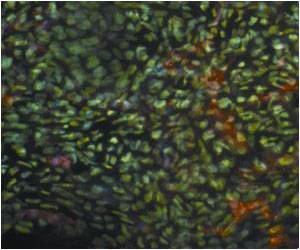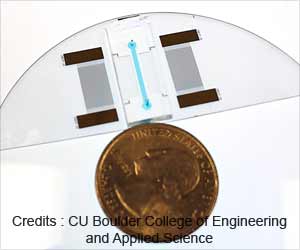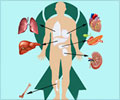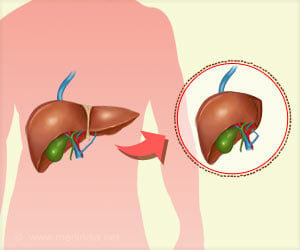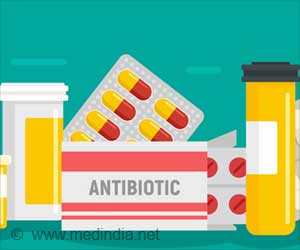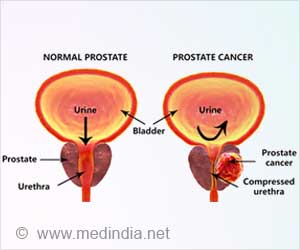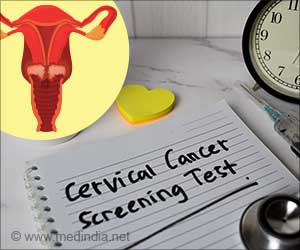- Autologous induced pluripotent stem cells (iPSCs) are a great source of regeneration for organ and tissue repair
- iPSCs are made from fully mature fat or skin cells and can be reprogrammed to develop into any cells comprising tissues or organs
- To circumvent these problems, scientists have created “universal” induced pluripotent stem cells (iPSCs) which can be safely used for transplants without being attacked by the body’s immune system
Read More..
CRISPR Gene Editing and Stem Cells
Dr. Tobias Deuse, MD, Endowed Chair of Cardiac Surgery at UCSF, said that while pluripotent stem cells have immense potential to grow into any adult tissue there is always the risk of the immune system mounting an attack. The immune system is programmed to reject anybody it considers alien be it a new organ, tissues or cells. This mounting attack leads to the rejection of transplants. This is known as histocompatibility mismatch between donor and recipient.Dr. Sonja Schrepfer, MD, senior director of this study and director of the UCSF Transplant and Stem Cell Immunobiology (TSI) Lab says that though immunosuppressants are given to patients to avoid rejection, this class of drugs makes the patient more prone to cancer and other serious infections.
Dr. Deuce and Dr. Schrepfer were able to surmount these challenges and went on to create ‘universal’ iPSCs by changing the activity of three major genes responsible for histocompatibility mismatch. This means these iPSCs can be safely transplanted even in histocompatibility mismatched recipients without being rejected.
The team used CRISPR to delete two genes which supervise the functioning of a family of proteins called major histocompatibility complex (MHC) class I and II. MHC proteins usually sit on the surface of the cells and send out molecular signals to enable the immune system to recognize alien cells.
Cells which do not have the MHC genes do not give out such signals since the immune system no longer recognizes it as alien. However, cells without MHC genes become the target of immune cells called natural killer (NK) cells.
Major Breakthrough in Stem Cell Therapy Field
The team collaborated with Prof. Lewis Lanier, co-author of the study and chairperson of the Department of Microbiology and Immunology who is an expert NK cell activity and signaling. The team found that CD47 which is a cell-surface protein signals a ’Do not kill me’ message to macrophages which in turn influence NK cell activity.The research team also created different types of human heart cells from triple bioengineered stem cells which were again transplanted into mice. The stem cell-derived cardiac cells were able to survive much longer and started forming basic blood cells and heart muscle cells. This raises the hope of using these techniques to repair failing human hearts.
References:
- Hypoimmunogenic derivatives of induced pluripotent stem cells evade immune rejection in fully immunocompetent allogeneic recipients - (https://doi.org/10.1038/s41587-019-0016-3)
- CRISPR Gene Editing Makes Stem Cells ‘Invisible’ to Immune System - (https://www.ucsf.edu/news/2019/02/413311/crispr-gene-editing-makes-stem-cells-invisible-immune-system)
Source-Medindia


